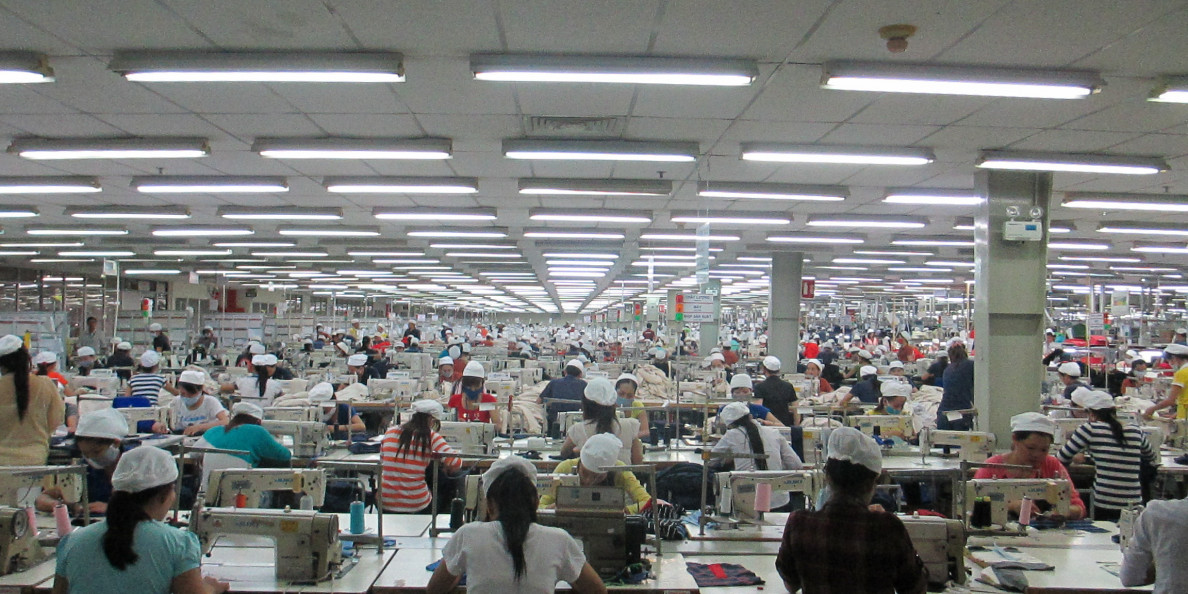Vietnam is at the center of the shift in supply chains as it is under dual influences from China and US. US companies are seeking to quickly expand sourcing in not only apparel but also a host of other products to avoid Chinese tariffs while at the same time Chinese companies want to rapidly increase operations in the country, in many cases by simply shipping the raw materials to Vietnam for assembly. Vietnam has a long, mixed relationship with China, including a very limited war in 1979 which chilled relations until the breakup of the Soviet Union. Their history has made the population very sensitive to the over influence of China. Vietnam shares a 796 mile border with China which has always provided a trade link. The Guangxi province in China is the focal point of that trade with the province launching a major program to stimulate trade. It has announced seven special Cross-Border Zones with Vietnam. The zones are being developed as part of the One Belt, One Road project, with the goal of giving Chinese companies access to two key assets, first, access to much cheaper Vietnamese labor and, secondly, the ability to have products labeled as “Made in Vietnam”. Labor rates in this region of Vietnam are about one third of that paid in the Pearl River Delta region of China. So far these new Cross-Border Zones are progressing slowly and are separate from the earlier announced Special Economic Zones which were agreed to with China and have already triggered protest.
Vietnam will likely be one of the major winners to the US/China trade war as US companies now appear to have adopted a China plus Vietnam plus other markets strategy with Vietnam becoming the first non- Chinese sourcing link. As a result order books are expanding and so is cotton consumption. The Vietnam textile and apparel sector is extremely segmented with limited full service apparel operations. A large portion of the cotton yarn produced is exported to China and then reimported as cotton fabric. The country currently lacks the capacity in fabric production and dyeing and finishing which makes its spinners very price sensitive buyers. Vietnam was a very active weekly buyer of US cotton prior to the Turkish Lira crisis. The Lira crisis reached a peak in early August when the Lira plunged to over 7 per USD and triggered a significant credit crisis for Turkish companies. Vietnam spinners appear to have been quick to sense the ramifications for global cotton trade and prices.
Vietnam purchased 783,800 running bales of US upland for 2018/19 in the nine week period ending August 16th which equaled an average of 87,089 bales a week. Since the Lira crisis removed Turkey from the market and actually started to move Turkish cotton to export only 220,800 running bales of US upland cotton have been sold to Vietnam in the last nine weeks. Average US weekly export sales to Vietnam has dropped to only 24,333 running bales and in those eight weeks sales have focused on Turkish, Greek, Indian and Brazilian.
Πηγή: Jernigan Global


